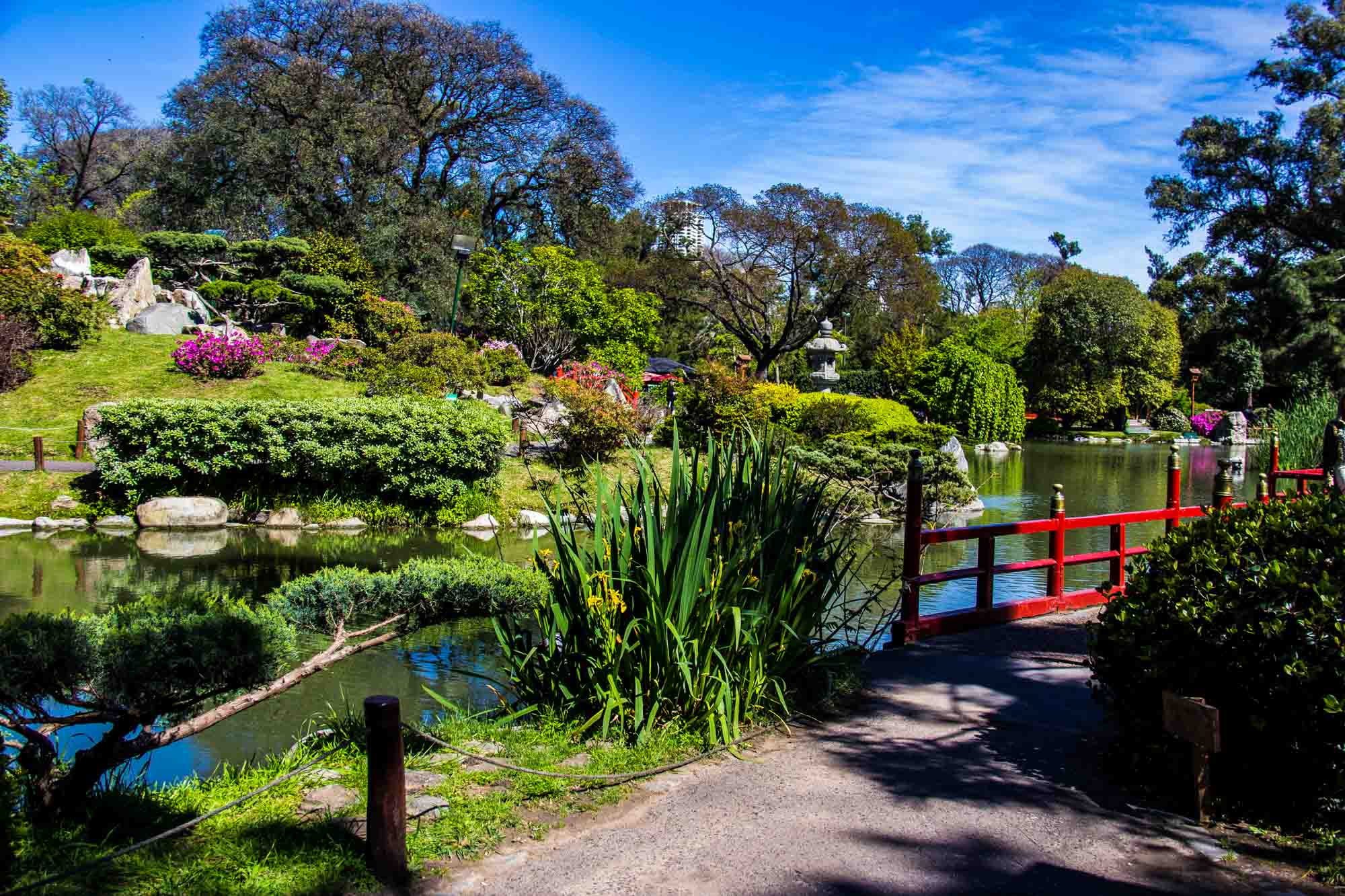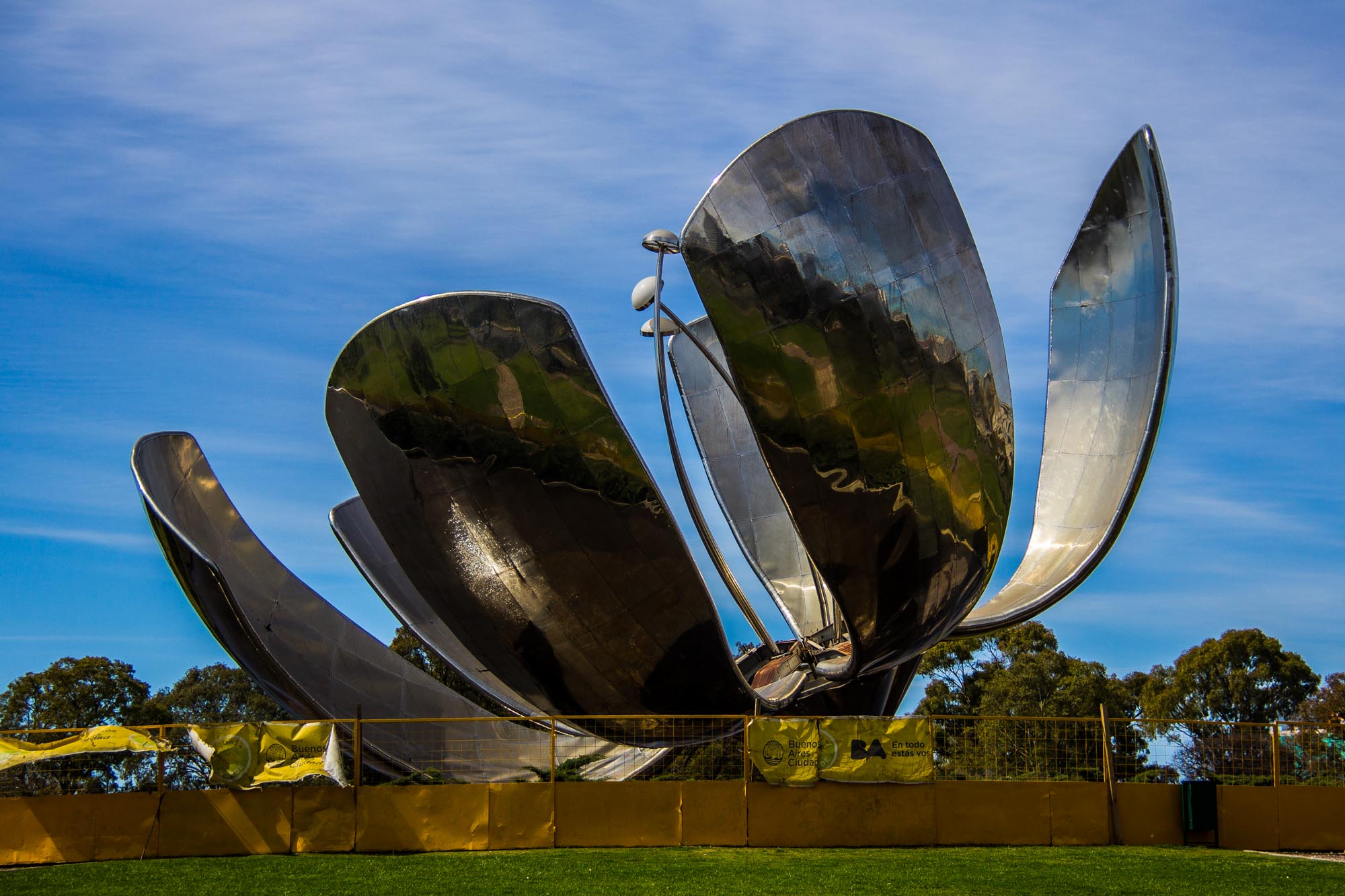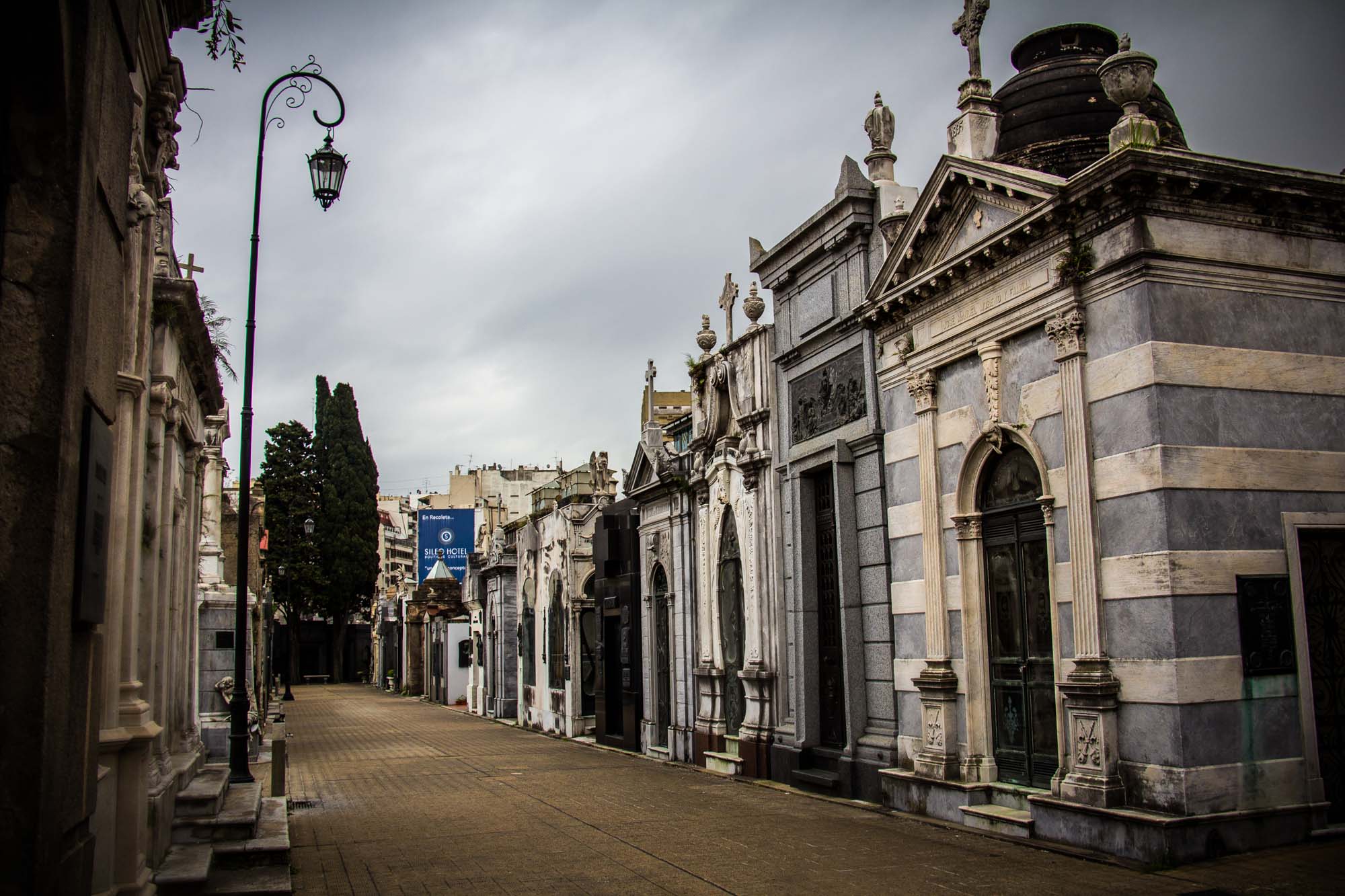The Japanese Garden in Buenos Aires was crafted by the local Japanese community to honor the visit of Crown Prince Akihito and Princess Michiko back in 1967. This visit was a big deal for the diplomatic ties between Japan and Argentina, symbolizing a lasting friendship. The garden was gifted to Buenos Aires by the Japanese Embassy as a thank-you for Argentina’s warm welcome to Japanese immigrants.
How to Get There
You’ll find the Japanese Garden at the eastern edge of Parque Tres de Febrero in the Palermo area. It’s easy to get there via Figueroa Alcorta Avenue or Casares Avenue. Public transport options include buses and taxis, and ride-sharing services are also a convenient choice.
Attractions
- Koi Ponds and Bridges: The garden has big ponds with koi fish and bright red bridges, symbolizing a journey from the ordinary to the sacred.
- Stone Lanterns: These lanterns stand for enlightenment and add to the garden’s peaceful vibe.
- Bonsai Trees and Plants: You’ll see a variety of plants and trees like cherry blossoms, ginkgo biloba, and azaleas scattered throughout the garden.
- Peace Bell and Torii Gate: These are key elements of Japanese culture, bringing a sense of balance and harmony.
- Japanese Restaurant and Tea House: Visitors can savor traditional Japanese dishes at the restaurant or unwind at the tea house.
- Cultural Center and Gift Shop: The cultural center hosts events and workshops on Japanese traditions, and the gift shop offers traditional crafts.
- Nursery: You can buy bonsai trees and other plants from the nursery.
Ticket Information
The Japanese Garden is open daily, and there’s an entry fee. Check the official website or the garden entrance for the latest prices and hours.
Tips for Visiting
- Arrive Early: It can get busy, especially during peak times. Arriving early means a more peaceful visit.
- Guided Tours: Join a guided tour to learn more about the garden’s history, design, and cultural importance.
- Seasonal Attractions: Visit in different seasons to see various flowering trees and shrubs, like cherry blossoms in July and azaleas in September.
- Dining Options: Try the traditional Japanese food at the on-site restaurant for a full cultural experience.
- Explore the Surrounding Area: The garden is part of the larger Bosques de Palermo, which offers plenty of exploration and relaxation opportunities.
- Respect the Environment: Appreciate the garden’s natural beauty by keeping noise down and not littering.
The Japanese Garden in Buenos Aires is a must-see for anyone wanting a peaceful escape in the city. Its rich history, cultural importance, and calming atmosphere make it a memorable spot for visitors worldwide.









